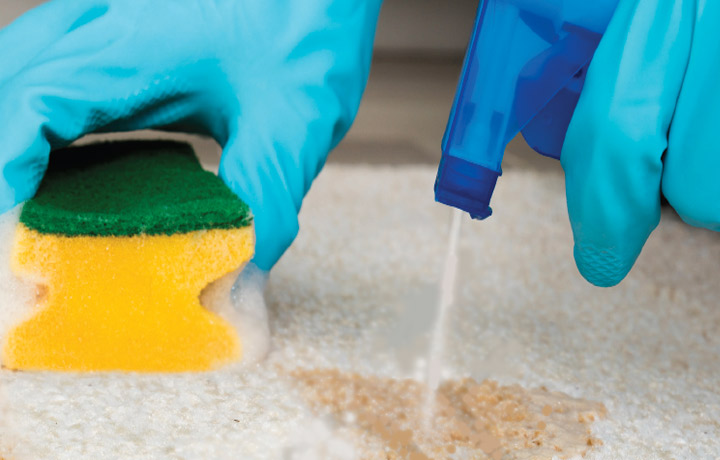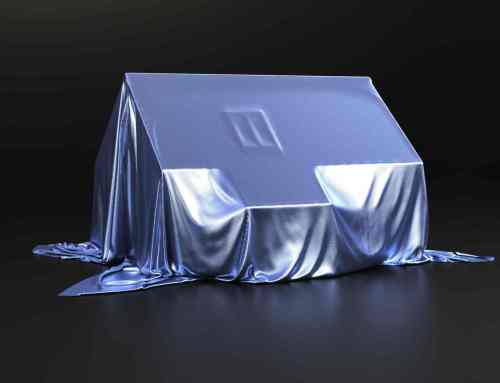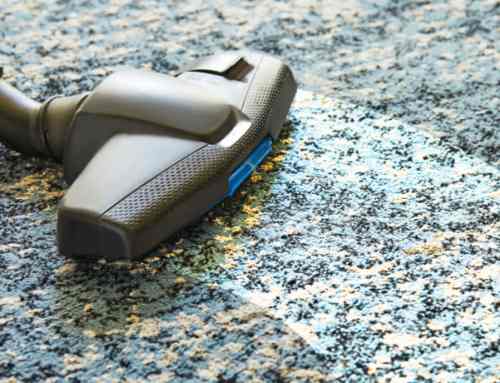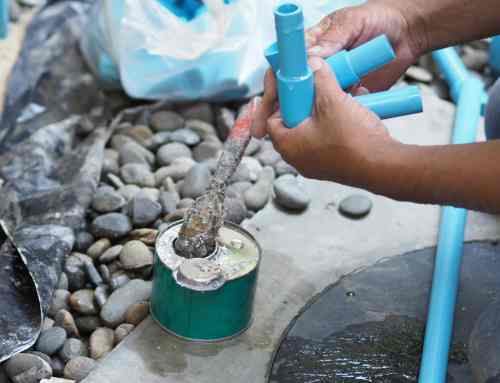Humidity Explained
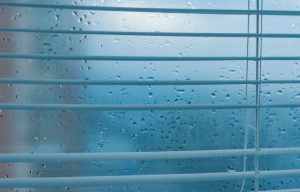 Humidity. What is it? Basically, humidity is a measure of the amount of water vapor present in the air. Most people are familiar with the term, “relative humidity.” But do you know what it means and how it can affect your home and your health? What is the optimal humidity level? The following facts will shed some light on this confusing concept.
Humidity. What is it? Basically, humidity is a measure of the amount of water vapor present in the air. Most people are familiar with the term, “relative humidity.” But do you know what it means and how it can affect your home and your health? What is the optimal humidity level? The following facts will shed some light on this confusing concept.
What Is Relative Humidity?
Often used by meteorologists, relative humidity (RH) is the amount of water vapor present in the air compared -or relative- to the amount of water vapor the air could hold. Relative humidity is expressed as a percentage and is determined by two factors; air temperature and the amount of water vapor present in the air.
For example, 57% RH means that the air contains 57% of the water vapor it could contain at that temperature. Warm air can hold more water vapor than cool air. So, 57% RH at 80ºF is not the same as 57% RH at 60ºF. Just as 57% full in a 5-gallon bucket is not the same as 57% full in a 2-gallon bucket.
You should maintain 30-50% RH in your home for your comfort and health. If humidity is too low, your skin, eyes and hair will feel dry and uncomfortable. Materials like leather and wood will begin to dry out.
RH above 60% can aggravate some respiratory issues, cause damage to structural materials, and increase the potential for mold and other microbial growth.
Signs of high humidity are: a sticky or clammy feeling; wood floors that are “cupped”; sticking doors; condensation on widows, air conditioning vents or walls; musty odors and mold growth on interior surfaces and furnishings.
High humidity can be a sign that there is a leak in the structure, or problems with the air conditioning and ventilation system, building envelope or foundation issues. Damp musty odors are an indication that there are moisture or humidity problems. Musty odors are more than a nuisance. They could be an indicator of wood rot, mold growth or other damage. Mold can also cause health problems.
Warm air can hold more water vapor than cool air. As high humidity air comes into contact with cold surfaces, condensation forms on the materials. Condensation is caused by high humidity, and can create a great deal of damage in a short time.
How To Keep Humidity Under Control
If you have a basement, sun room or unfinished area that is sometimes cooler than the rest of your house, temperature variations can lead to excessive humidity, condensation, and all of the associated problems. In these areas it may be necessary to use a dehumidifier to control humidity.
Remember, if the air is damp, so is the structure. Keeping indoor humidity under control is an important step toward making your home a healthy place to live.
High humidity can be a sign that something is wrong in your home; don’t ignore it. It will cost you a lot more in the long run.
If you suspect any kind of water damage from a leak, condensation, poor construction or foundation issues, call Clean Pro today. We can identify moisture and humidity issues and help solve them before you end up with a much bigger problem.
For further information about carpet, floor and rug cleaning as well as restoration services, call Clean Pro
on the Southshore at (504) 443-0009; on the Northshore at (985) 674-7778; on the Westbank at (504) 394-1116; in Baton Rouge at (225) 389-0202; or toll-free at (800) 377-9597. Email inquiries to service@cleanprocarpet.com.


